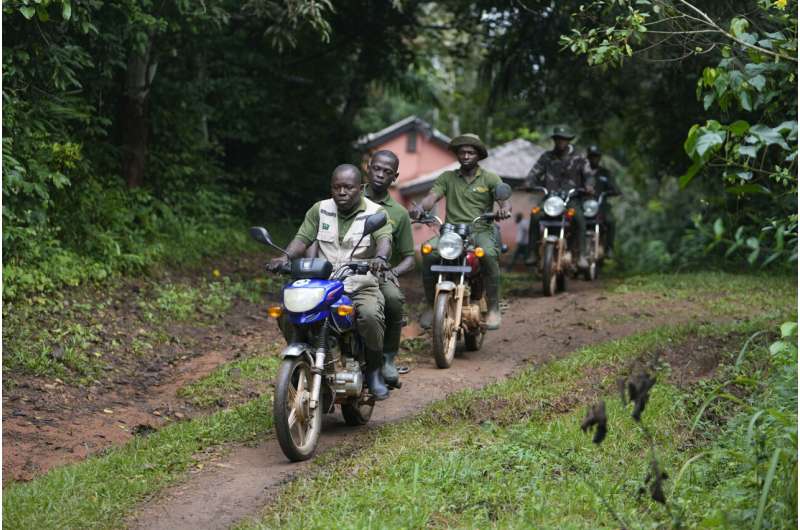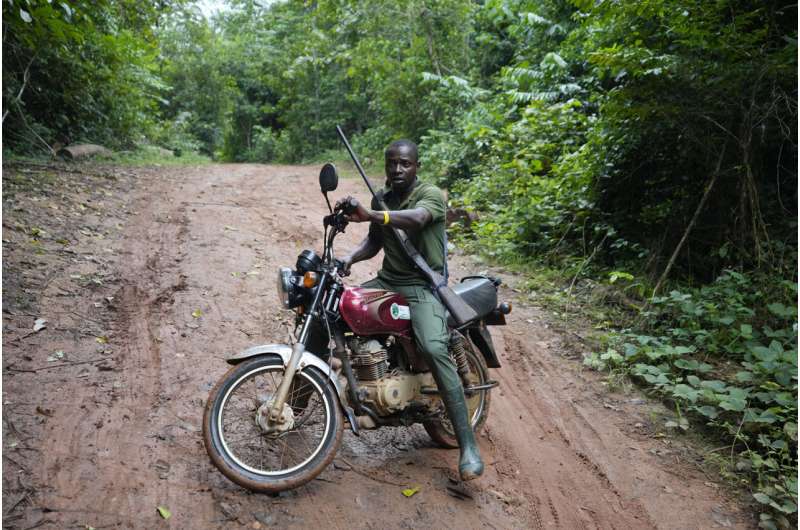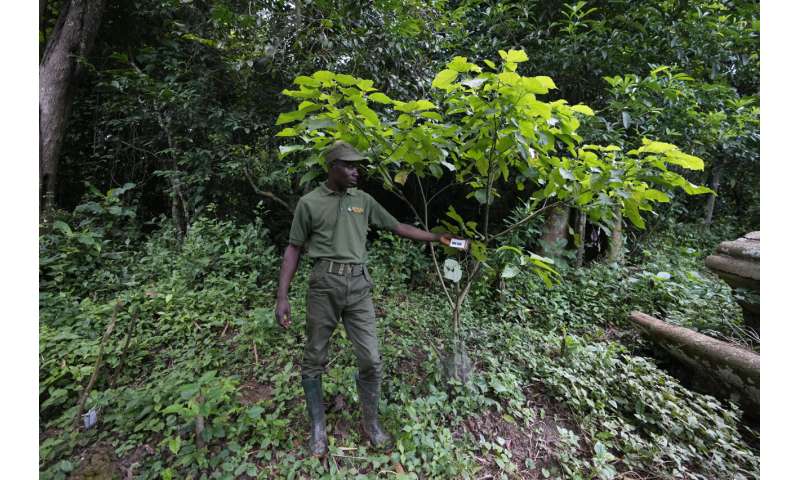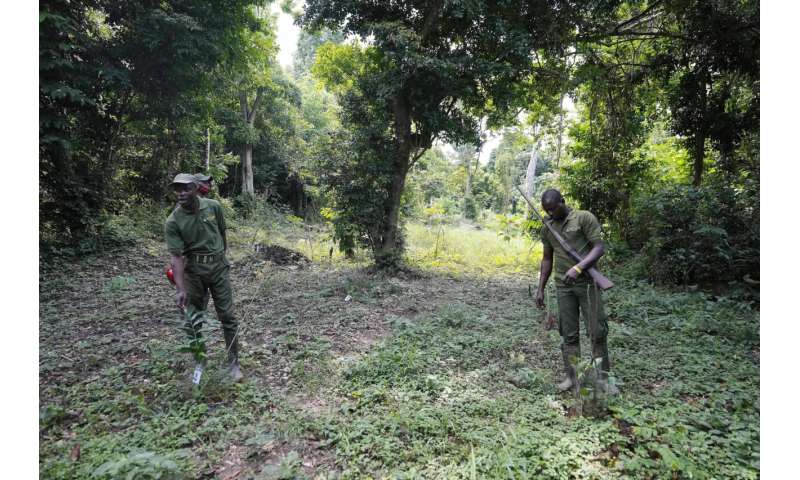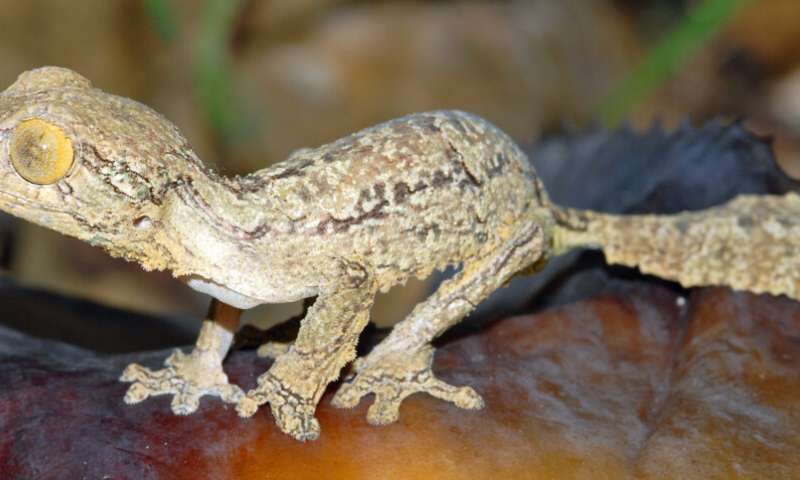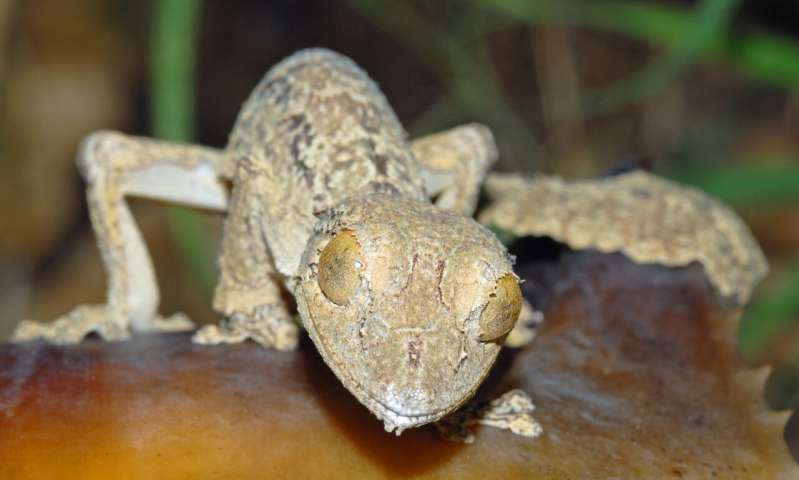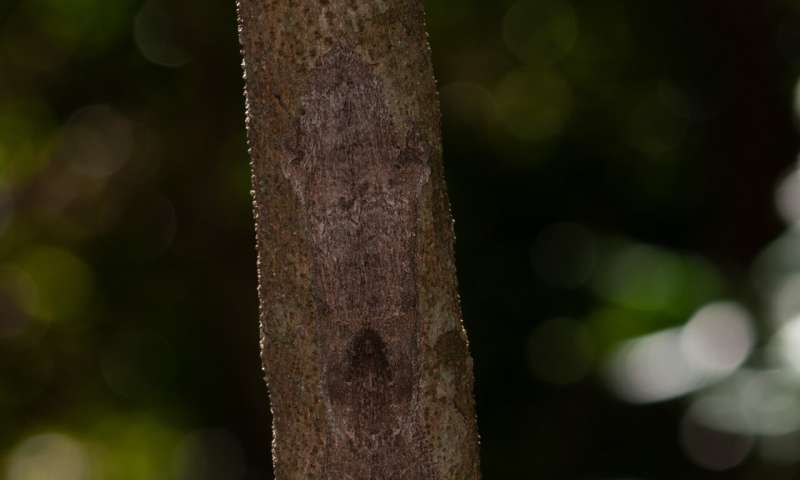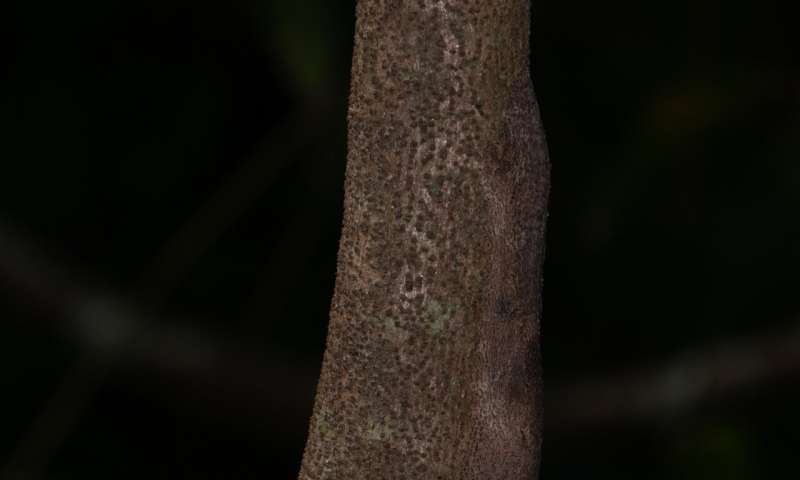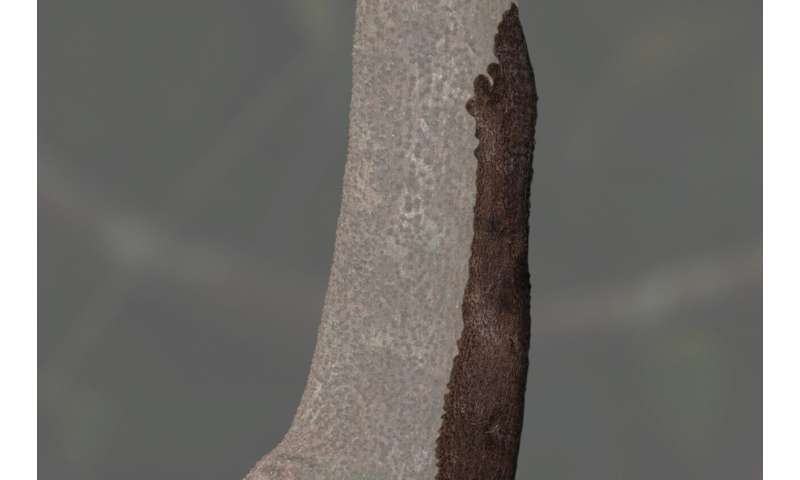A robot with expandable appendages could explore Martian caves and cliffs
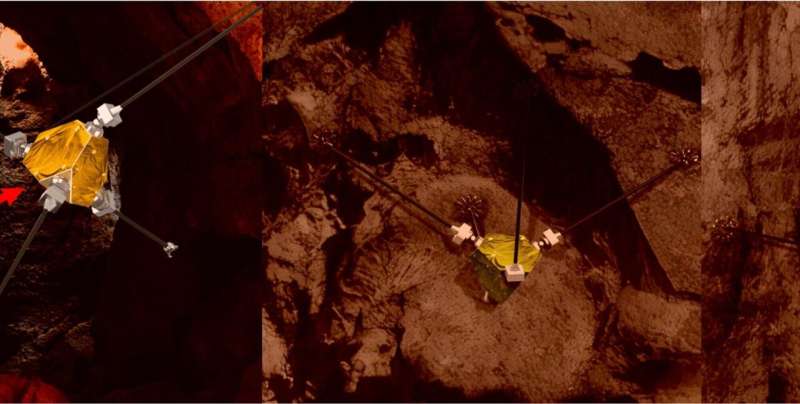
Plenty of areas in the solar system are interesting for scientific purposes but hard to access by traditional rovers. Some of the most prominent are the caves and cliffs of Mars—where exposed strata could hold clues to whether life ever existed on the Red Planet. So far, none of the missions sent there has been able to explore those difficult-to-reach places. But a mission concept from a team at Stanford hopes to change that.
The concept, known as ReachBot, is a robot that can support itself using multiple articulated appendages to navigate terrain that would be difficult to reach using other navigational techniques. In addition to being able to traverse complex ground patterns, it could also, in theory, at least scale sheer cliff faces.
It was initially pitched as a NASA Institute for Advanced Concepts project, where it was awarded a Phase I grant back in 2021. The authors describe the idea as a fusion of two separate technologies developed for different purposes: mobile manipulation robots and deployable space structures.
Mobile manipulation robots are relatively common in space exploration. Platforms like Robonaut and LEMUR utilize robotics technology to perform tasks like maintaining the ISS and inspecting other space habitats—however, much of their mobility is limited. Efforts like Lemur pride themselves on being able to navigate tricky terrain, but even it would have difficulty scaling a cliff face.
Deployable structures, on the other hand, are more commonly used in satellites. They decrease the space necessary to pack things like solar panels and antennas into a rocket fairing, and they do so by only deploying once they reach space. Typically they use some kind of thermal or electrical smart material, but there is a lot of ongoing research in this area.
ReachBot takes the best of both worlds by using the deployable structure as manipulated appendages. This allows it to extend one of its appendages to a new position, secure it in place using an end-effector that can adhere to the surface, and reposition itself by rotating its joints.
If you've ever gone rock climbing, you've heard the adage of "three points of contact." ReachBot uses a similar technique—by only moving one appendage at a time, it can maintain its position while setting itself up to move, albeit slowly, toward its intended target.
That intended target could be in the middle of a cliff or the middle of a cave, both of which are exciting areas for sample collection. If ReachBot has to ascend a cliff, it simply extends one of its appendages past the others, secures it, and then pulls itself up. Alternatively, in a cave with a rough floor, it can suspend itself off of different features, including the ceiling.
In addition, ReachBot can use its other appendages to secure itself and apply force to the surface. That surface pressure is critical for operations like drilling and is made much more difficult if the system can't cross-brace itself.
The detailed report laid out by the Stanford team showed progress in several areas, including coming up with a controller, researching different end-effector solutions, and coming up with a mission architecture. They also had plenty of plans for future efforts, including testing a prototype in a real-world environment similar to one the robot might encounter on Mars.
For now, the lab is continuing development on it after the completion of the Phase I project. It seems well placed for a Phase II, but nothing has come of it so far. ReachBots also have plenty of use cases for terrestrial applications, so somebody will undoubtedly come along and keep the technology moving along its development path.
More information: ReachBot: a Small Robot for Large Mobile Manipulation Tasks in Martian Cave Environments: www.nasa.gov/sites/default/fil … _reachbot_tagged.pdf
Provided by Universe Today Cylindrical autonomous drilling bot could reach buried Martian water


